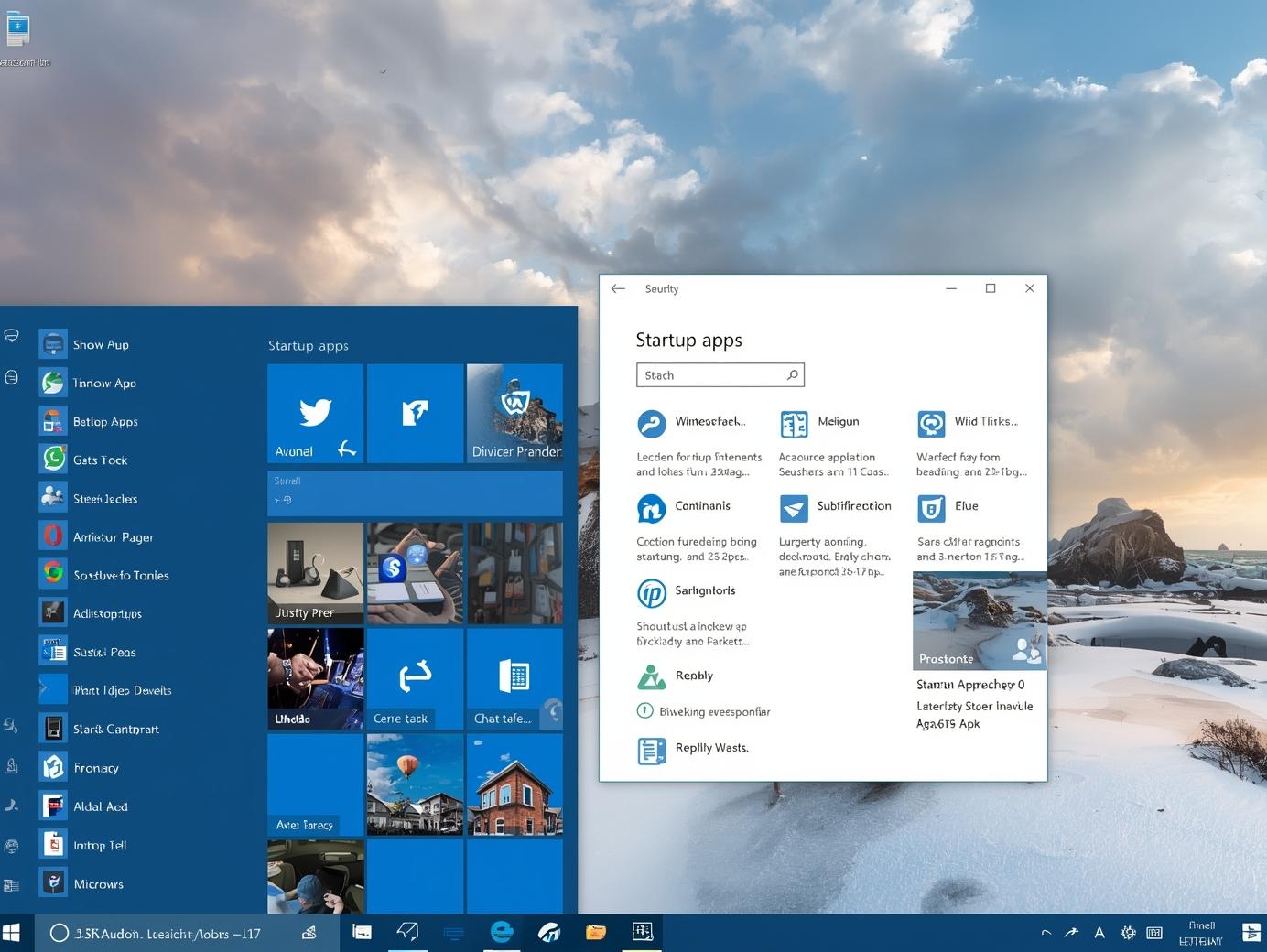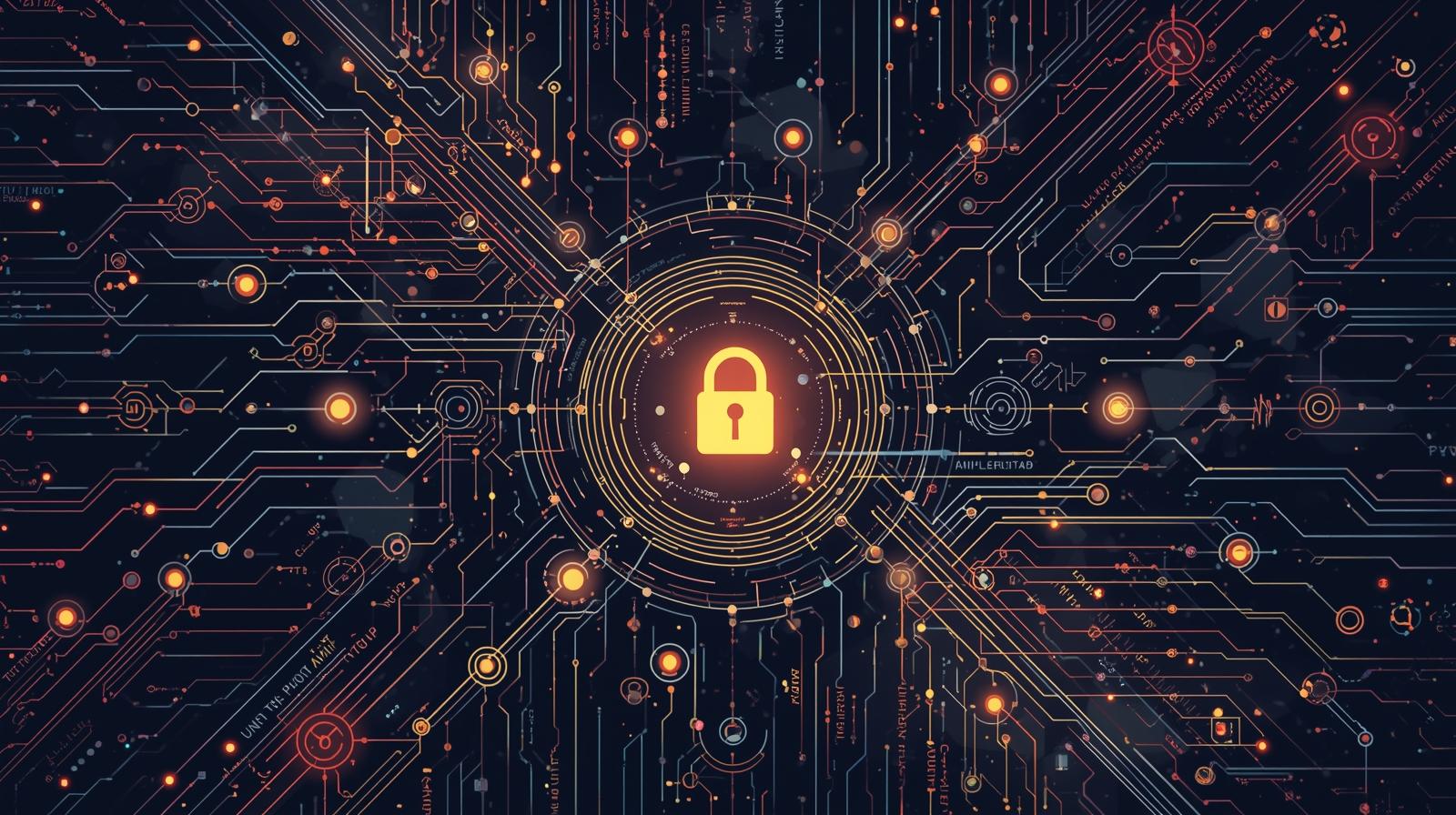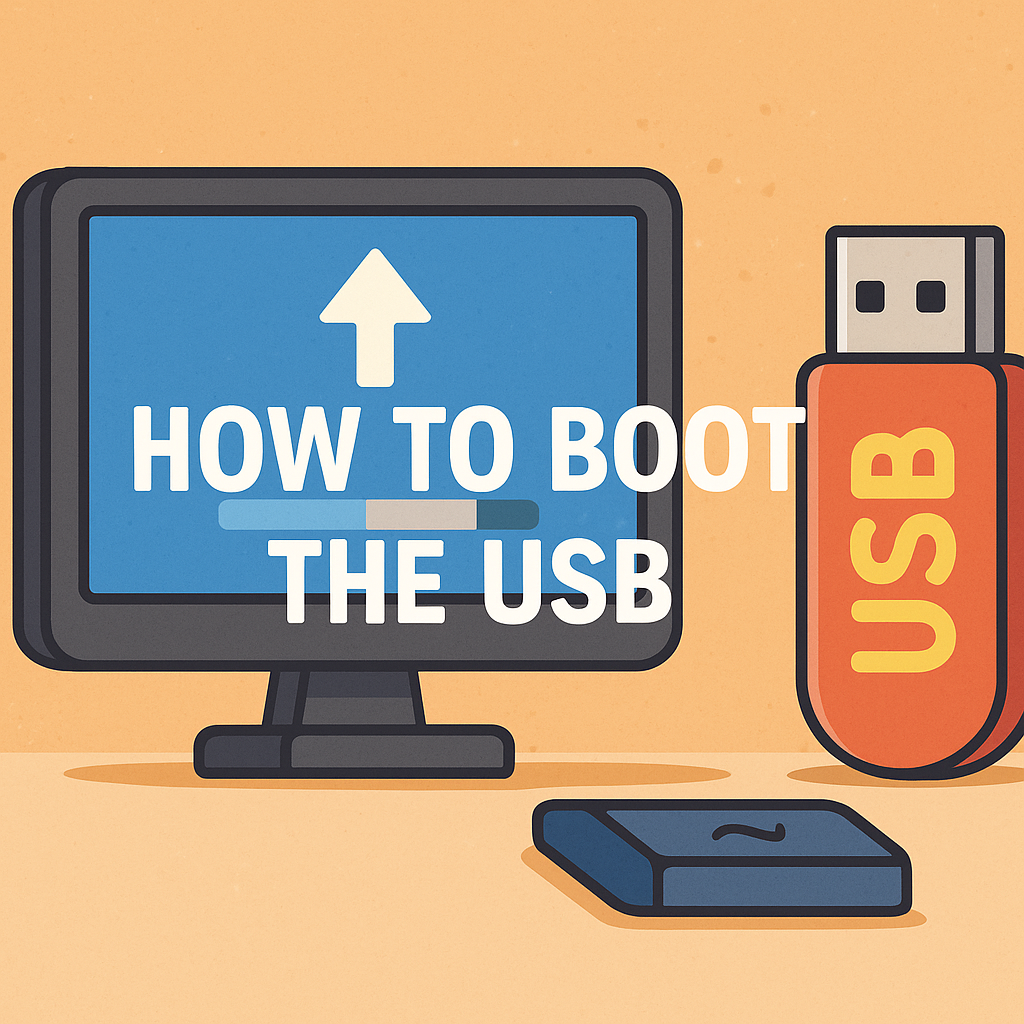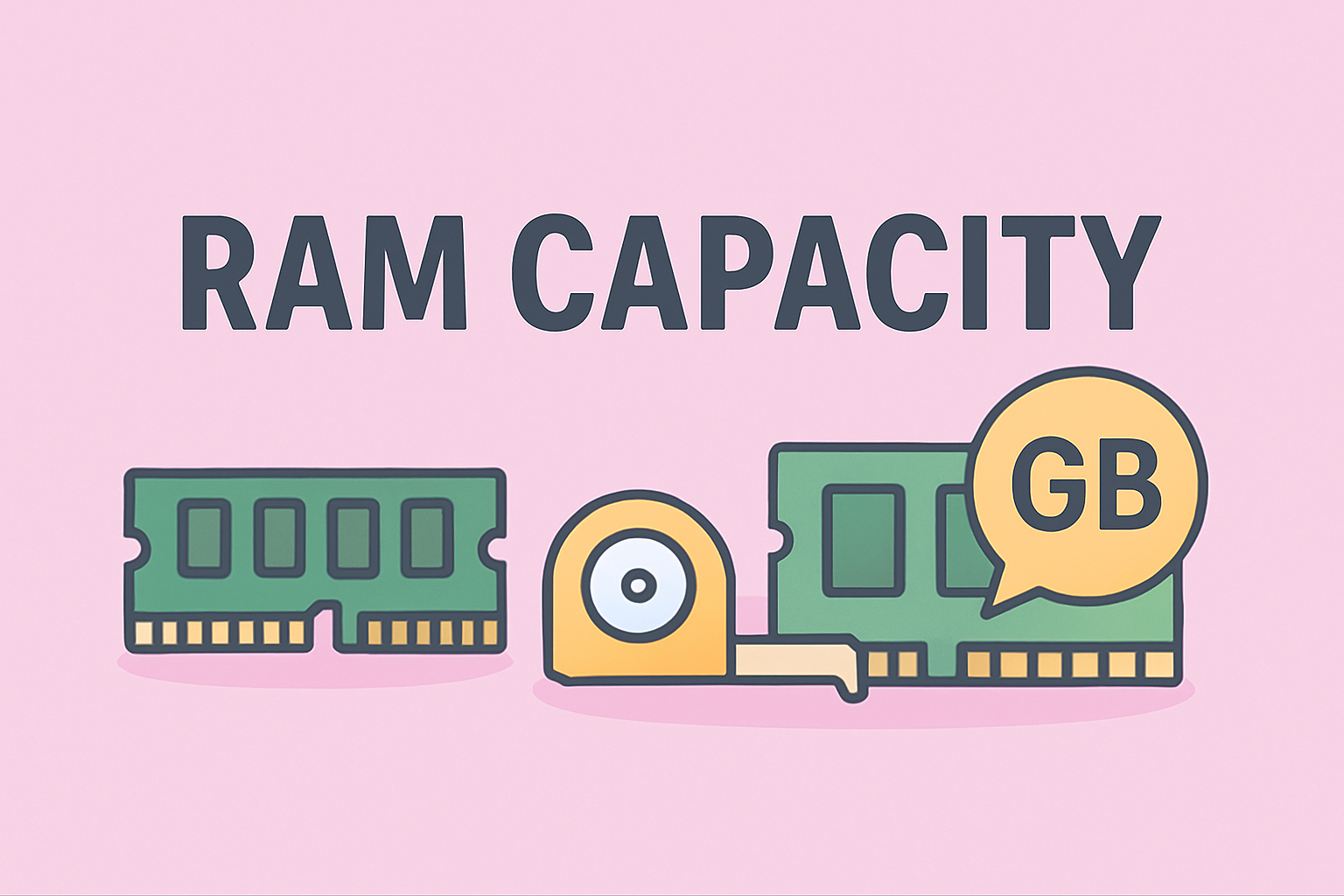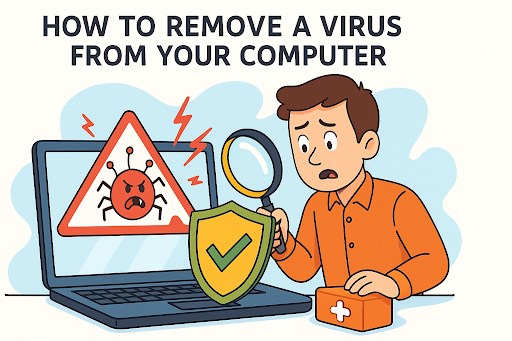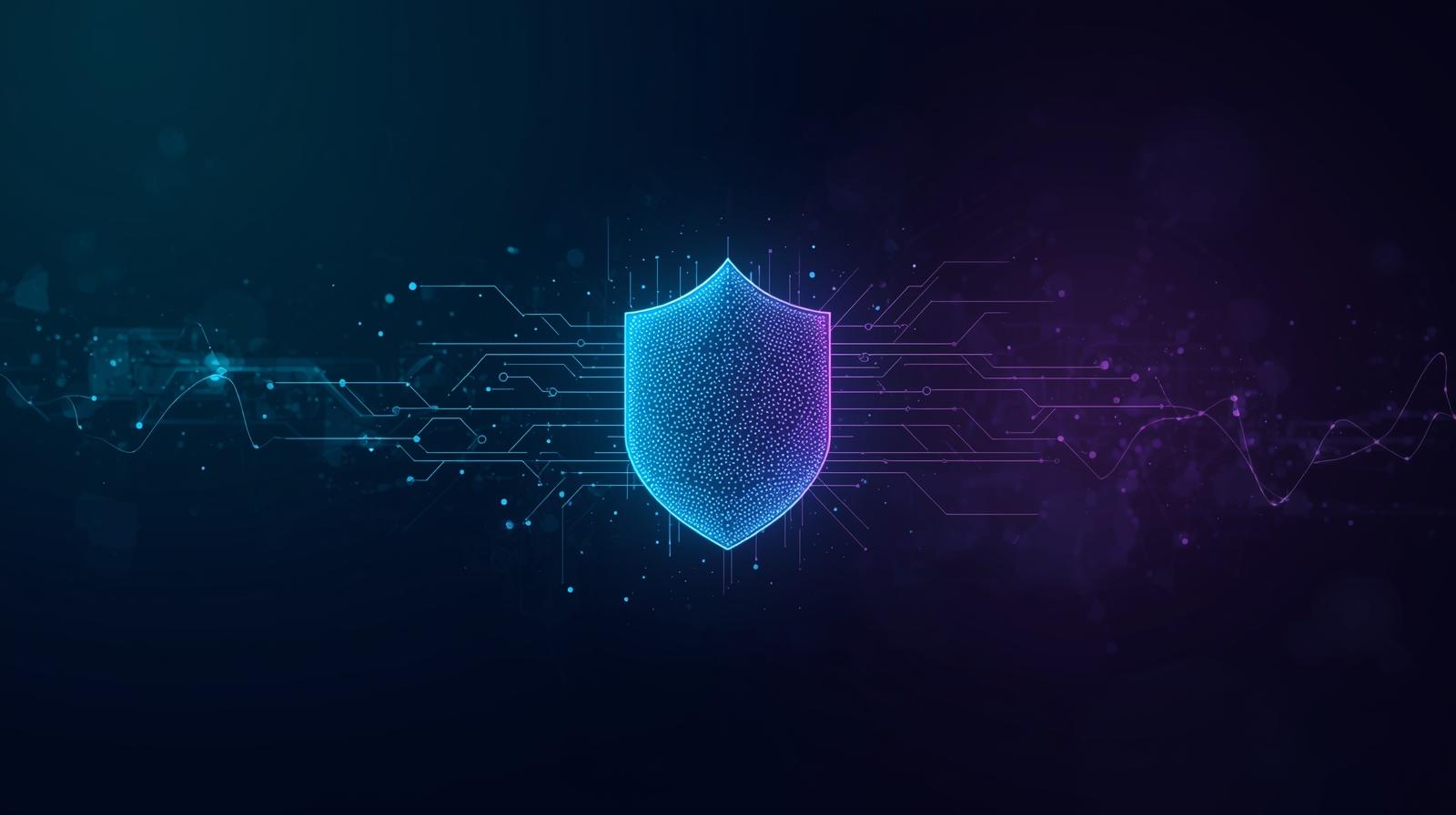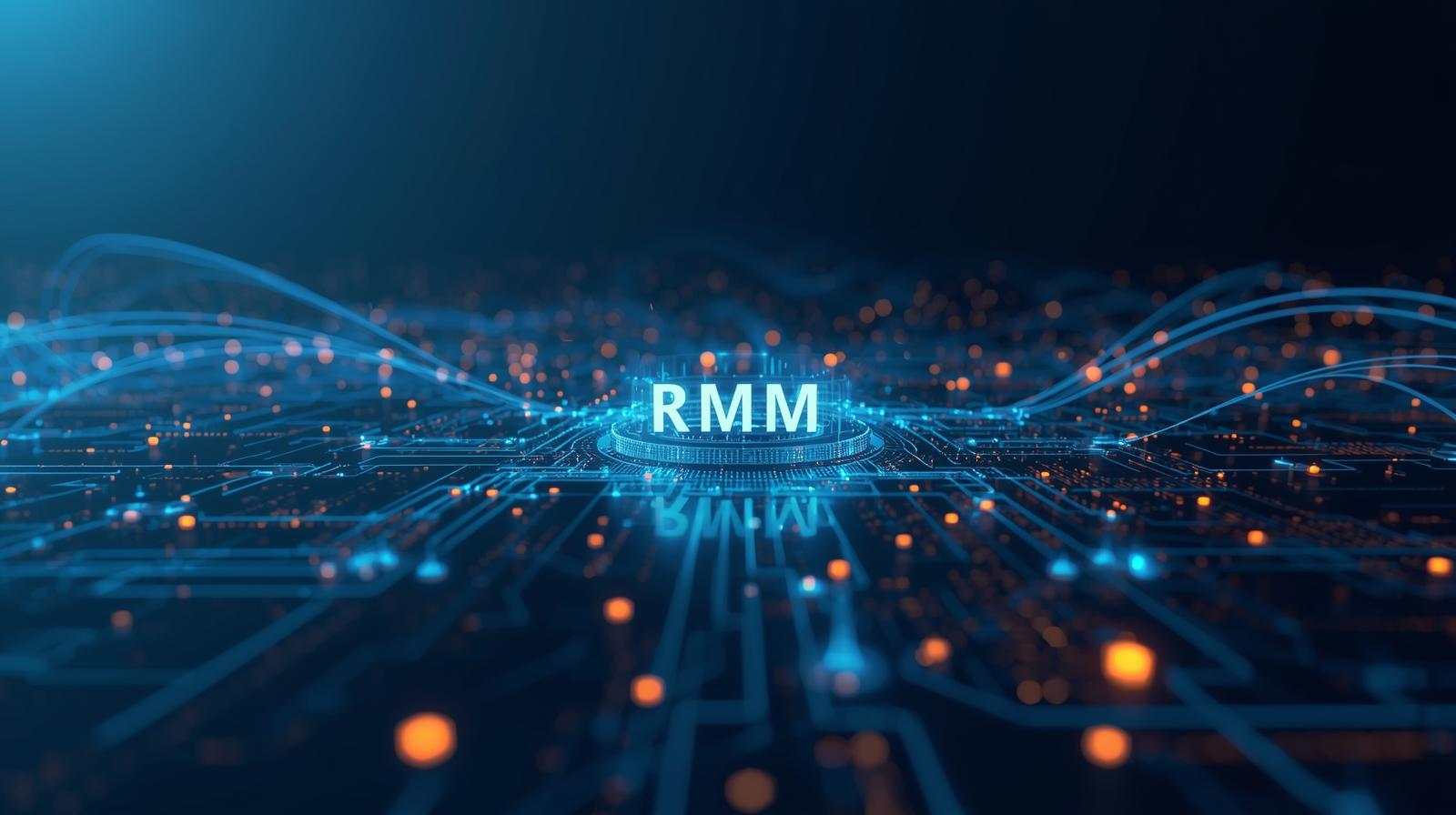What is Ransomware? A Complete Guide for Businesses
Updated on June 16, 2025, by ITarian
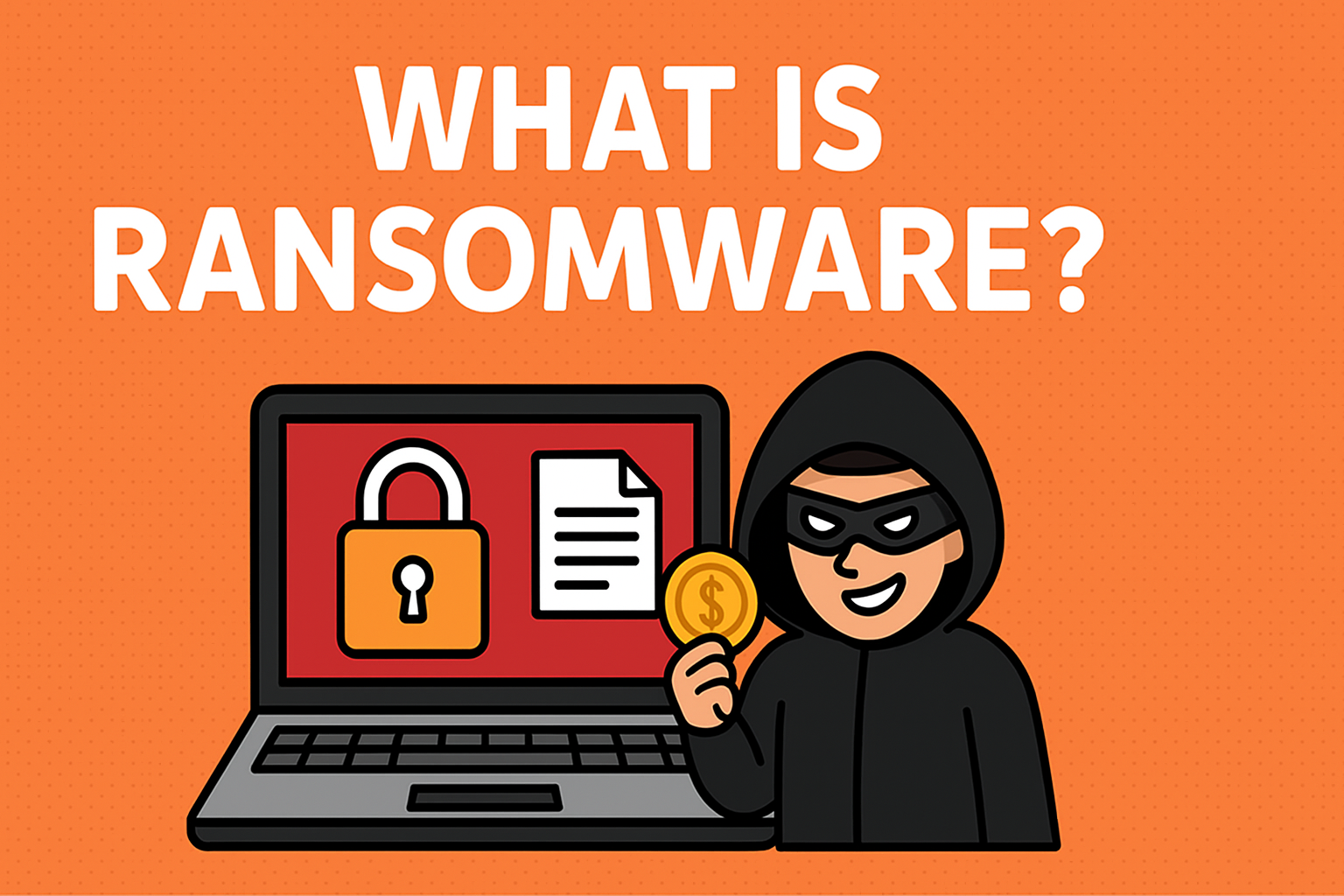
Imagine waking up to find your company’s entire IT infrastructure locked down. Files are encrypted, systems offline, and a chilling message flashes: “Pay now or lose everything.” This is not a dystopian thriller—this is ransomware.
Understanding What Ransomware Is
Ransomware is a type of malware that encrypts a victim’s files or locks them out of their system, demanding a ransom (usually in cryptocurrency) in exchange for restoring access. It has become one of the most prevalent and financially damaging forms of cyberattacks in recent years.
Ransomware doesn’t just affect large corporations. Small businesses, hospitals, schools, and even individuals are all fair game. As businesses become increasingly digital, understanding what ransomware is and how it works is vital to your cybersecurity posture.
Types of Ransomware
Cybercriminals use various methods to execute ransomware attacks. Understanding the types of ransomware can help you better prepare.
1. Crypto Ransomware
This variant encrypts files on a device or network, making them inaccessible until a ransom is paid.
2. Locker Ransomware
Instead of encrypting files, locker ransomware locks users out of their devices, often displaying a full-screen ransom message.
3. Scareware
Fake software that claims to find issues on your computer, prompting you to pay to fix non-existent problems.
4. Doxware (Leakware)
Threatens to publish sensitive data online unless a ransom is paid.
5. Ransomware-as-a-Service (RaaS)
A model where developers sell or lease ransomware kits to affiliates, democratizing cybercrime.
How Does a Ransomware Attack Happen?
A ransomware attack typically follows a sequence of steps:
- Infection: Via phishing emails, malicious attachments, drive-by downloads, or unsecured RDPs.
- Execution: Once inside, the malware encrypts files or locks access.
- Ransom Note: Victims are notified and given instructions to pay.
- Payment & Decryption: Even after payment, there’s no guarantee of data restoration.
These attacks are often automated, fast-spreading, and can cripple an organization within minutes.
Notable Ransomware Attacks
- WannaCry (2017): Spread across 150 countries in hours, impacting NHS hospitals in the UK.
- Petya/NotPetya: Targeted Ukrainian infrastructure, later spreading globally.
- Colonial Pipeline (2021): Caused fuel shortages across the US East Coast.
These examples underscore how ransomware attacks can impact critical infrastructure and public safety.
How to Prevent Ransomware
Prevention is your best defense. Here are actionable tips on how to prevent ransomware:
1. Employee Training
- Conduct phishing simulations.
- Teach staff to avoid suspicious links and attachments.
2. Regular Backups
- Keep offline, encrypted backups.
- Test restoration processes regularly.
3. Patch Management
- Update OS, applications, and firmware promptly.
- Automate patches when possible.
4. Endpoint Protection
- Deploy antivirus and anti-malware tools.
- Enable behavior-based threat detection.
5. Access Controls
- Use the principle of least privilege (PoLP).
- Implement multifactor authentication (MFA).
6. Email Security
- Use spam filters and email authentication (SPF, DKIM, DMARC).
- Scan attachments and URLs.
7. Incident Response Plan
- Create and rehearse a response playbook.
- Define roles and contacts in advance.
Industry-Specific Risks
Healthcare
Highly targeted due to sensitive patient data. Downtime can endanger lives.
Financial Services
A prime target because of direct monetary assets and valuable client data.
Education
Often underfunded and unprotected, making them easy targets.
Government & Municipalities
Hit due to outdated systems and slow bureaucracy.
The Human Cost of Ransomware
It’s not just about lost files. Ransomware attacks cause:
- Reputational damage
- Legal liability
- Financial losses
- Customer distrust
In many cases, businesses shut down permanently due to the aftermath.
Ransomware & Compliance
Many industries are subject to data protection regulations (like HIPAA, GDPR). A ransomware attack could mean non-compliance, leading to hefty fines in addition to ransom payments.
What to Do If You’re Attacked
- Isolate the infected systems immediately.
- Do NOT pay the ransom unless as a last resort.
- Report to authorities (e.g., FBI, CISA).
- Engage cybersecurity professionals.
- Restore from backups, if available.
Final Thoughts: Stay Proactive, Not Reactive
Understanding what ransomware is and implementing preventive measures is not optional—it’s essential. The best time to prepare is before you’re attacked. Don’t wait for a breach to act.
Protect your business today. Get Started with Itarian and take the first step toward cyber resilience.
Frequently Asked Questions (FAQ)
1. What is ransomware in simple terms?
Ransomware is a type of malicious software that locks your files or systems until you pay money to the attacker.
2. How do ransomware attacks happen?
They usually begin with phishing emails, malicious links, or vulnerabilities in software.
3. Can ransomware be removed?
Yes, but removing it doesn’t always restore your data. That’s why backups are critical.
4. Should you pay the ransom?
Experts advise against it. Payment doesn’t guarantee data recovery and encourages further attacks.
5. How can I protect my business?
Use strong security tools, educate employees, maintain backups, and have an incident response plan.

